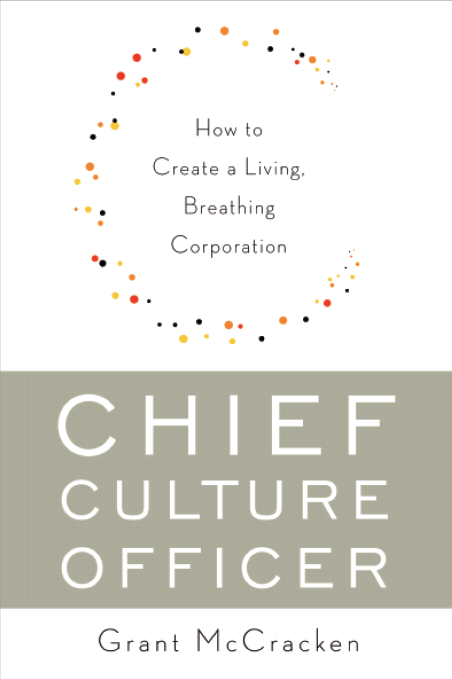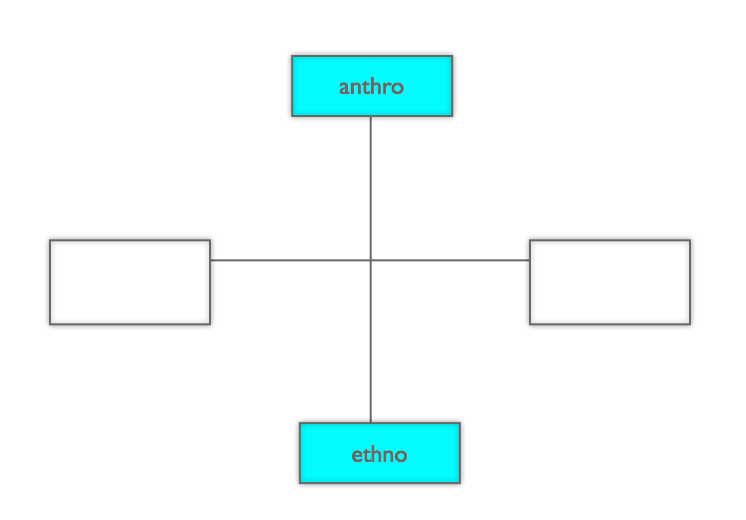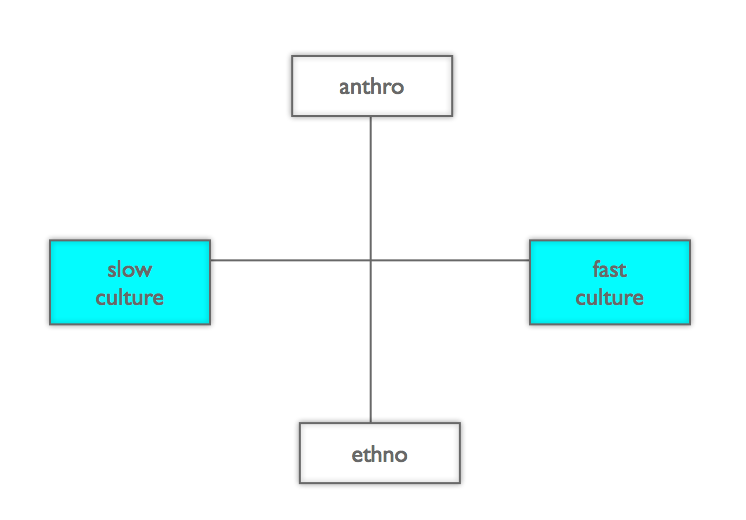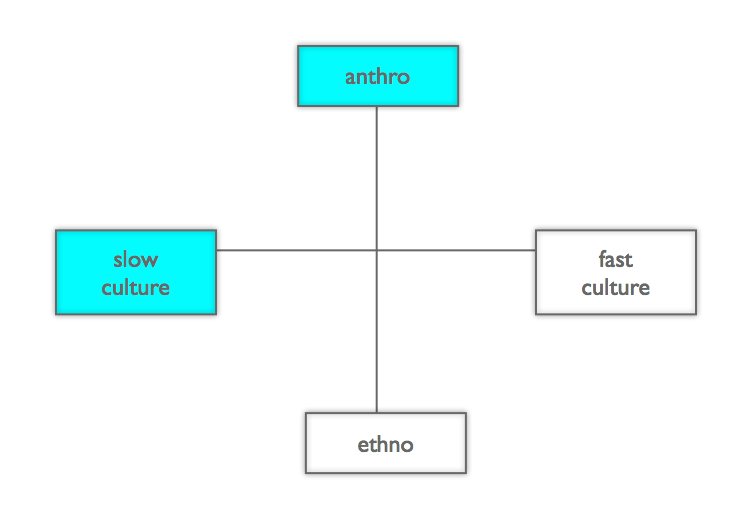This is an abbreviation of talk I gave for the design firm Thomas Pigeon in early April.
It puts the “case for culture in business” as forcefully as I can make it. (NB I’m not talking about corporate culture here. I’m talking about culture as in “culture creative.”)
Here’s a summary:
SECTION 1
00:25 capitalism and its creative destruction
00:30 Schumpter
00:54 Alvin Toffler
01:11 Clayton Christensen
01:31 the world is turbulent
…and culture creatives can help
SECTION 2
01:38 strategy struggles
1:44 Peter Schwartz and the corporation in a state of perpetual surprise
1:56 we wake up one morning to discover that our business model can be ripped out from under us
2:00 Michael Raynor and the death of strategy
2:19 Nassim Taleb on black swans and the unimaginable
2:48 these guys are not the least bit defensive (a joke!)
3:07 Andy Grove, here’s how we do strategy now: act like a firehouse
3:24 all that talk of agility is Andy’s firehouse
3:40 strategy is struggling…and we can help
SECTION 3
3:45 corporations and brands are in crisis
3:48 CPG brands especially, all the big brands are down, all of them are struggling to live in this new world
4:00 brands are struggling…and we can help
SECTION 4
4:07 culture to the rescue
this world of commotion gets simpler if you get culture
4:17 getting culture makes the world less “black swany” and less “suprisy”
4:47 we can do better than Andy’s fire house
4:2 culture is the professional competence of the culture creative
4:59 culture is our competitive opportunity
5:02 culture is our difference
5:03 we have always said our difference is creativity and it is but we can’t do great creativity without a connection to culture
creativity requires culture
5:12 creativity that’s not rooted in culture has this calorie-free quality. It’s not lasting, it’s not impactful. It doesnt really change the brand. It doesn’t really touch the consumer, and it doesn’t really resonate with the culture in place.
5:25 that’s when you know there a cycle here: you’ve drawn from culture buy you’ve created something so good, it’s so powerful, it actually contributes to culture
SECTION 5
5:40 culture is 3 things, meanings, rules and motions
6:20 the difference between Roger A and Roger B
(Roger is a dog, he doesn’t have culture. Roger B is a person, he does.)
7:10 Aspies and culture (making conversation in the elevator)
7:44 three purses, one is a Birkin bag worth $14,000
8:18 culture defines how we think about self and the meanings of gender, age, ethnicity, race, and our preoccupation these days with celebrity
8:24…and how we think about groups, style, entertainment and communications are all established by culture
SECTION 6
8:48 is there a Canadian advantage?
Yes, there is (possibly)
e.g., Michael Ennis, Malcolm Gladwell, Marshall McLuhan
SECTION 7:
the case of the artisanal trend
9:08 food after World War II
9:38 the rise of prepared food: Cheese Whiz!
10:02 the artisanal trend itemized
10:38 the artisanal trend created the CPG crisis, it took on prepared food and fast food
10:46 and big brands disrupted by the artisanal
Unilever, Nestle’s, Coca-Cola, P&G taken by surprise
SECTION 8:
How can we help our clients?
11:07 first step: we map culture
11:11 culture too often the latest hippest thing, the coastal stuff, the beltway stuff, the elite stuff
11:23 the recent error of Democratic party
11:46 we want breadth of coverage
11:50 we don’t want to only listen just to the coasts
12:00 second step: choose the meanings (on the map) that really work for the brand?
12:17 which meanings work for the consumer
12:28 third step: now we build an exquisite brand
12:35 fourth step: stage events in the world that create meanings for the world (culturematics: meanings in action)
13:05 fifth step: meanings in motion. we have to track meanings, we need to find metrics. the corporation runs on numbers, all numbers are made with numbers. and when we are asked for numbers we just say just trust us, your career will be fine, your kids will go to college, you can trust us, look how hip our glasses our
13:40 it’s no longer about “refreshing” the brand, we need to be able to show when we want the client to claim this meaning and when to exit the meaning
13:51 We are still inclined to step in, offer a big idea and then leave, as if to say “our work is done”
13:50 what we need to say is “this is when we want you to get into this cultural moment and this is when we want you to get out”
14:02 this is the stuff of an enduring connection with the client
14:27 culture is our competitive advantage, it’s time to see it clearly!





 Let’s say you are starting a startup and today you are standing in front of a venture capitalist.
Let’s say you are starting a startup and today you are standing in front of a venture capitalist.






